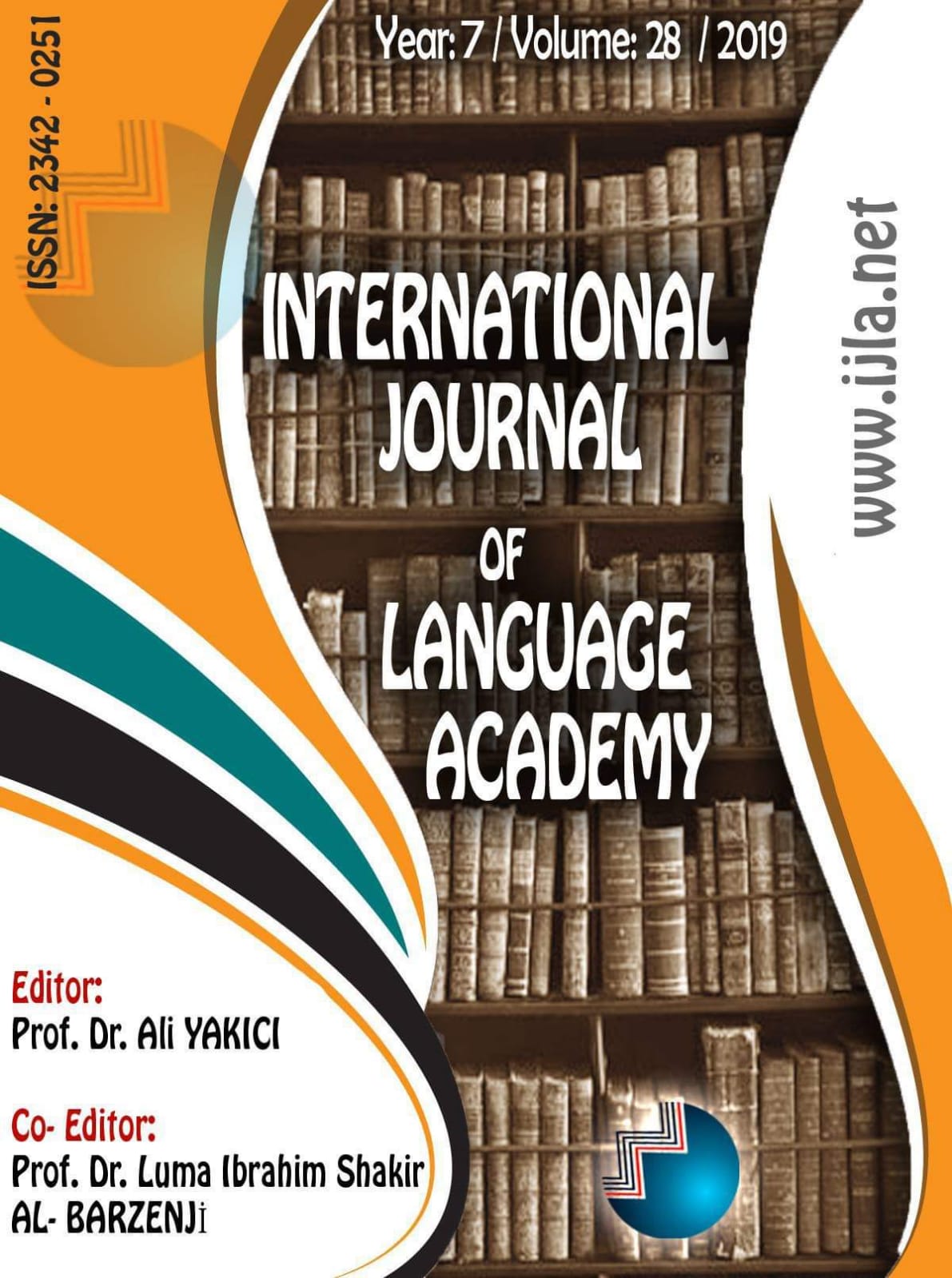Author :
Abstract
Violence is ancient, variant, universal, and an essential reality of human life. Violence, in poetry, reflects the poet's state of turmoil and unrest. It is the imagination against the tensions of life. Violence is an expression of a poet's interior mind stimulated by depression. This study demonstrates violence in Sylvia Plath's poems Lady Lazarus and Daddy. In both poems, violence emerges as central part of the poet's life as well as death. Plath presents violence as a dimension of everyday living and as a form of communication. The violent images impressed by painful incidents and experiences appear as a reaction against oppressive modern society. It is a revolutionary violence against the confinement of self and the bondage of social conformity. In both poems, scenes of violence are conjured to perform and examine issues of identity, self-assertion, broken relationships, the meaning of womanhood or manhood, and to expose the roles of villain and victim. The purpose of this study is to examine violence, its reasons, effects, and functions in Plath's two poems. Beside the destructive nature of violence, the research tries to investigate its productive effect on the poet. In Lady Lazarus, for example, the poet's hidden true self is reborn through the ultimate violence of death. Plath's violent images define the way she perceives her own world. Such images enable her to explore the paradox within her own fragmented self and in her cracked surroundings. Moreover, the study considers violence in Plath's poems as an instrument of creativity and maturity.
Keywords
Abstract
Violence is ancient, variant, universal, and an essential reality of human life. Violence, in poetry, reflects the poet's state of turmoil and unrest. It is the imagination against the tensions of life. Violence is an expression of a poet's interior mind stimulated by depression. This study demonstrates violence in Sylvia Plath's poems Lady Lazarus and Daddy. In both poems, violence emerges as central part of the poet's life as well as death. Plath presents violence as a dimension of everyday living and as a form of communication. The violent images impressed by painful incidents and experiences appear as a reaction against oppressive modern society. It is a revolutionary violence against the confinement of self and the bondage of social conformity. In both poems, scenes of violence are conjured to perform and examine issues of identity, self-assertion, broken relationships, the meaning of womanhood or manhood, and to expose the roles of villain and victim. The purpose of this study is to examine violence, its reasons, effects, and functions in Plath's two poems. Beside the destructive nature of violence, the research tries to investigate its productive effect on the poet. In Lady Lazarus, for example, the poet's hidden true self is reborn through the ultimate violence of death. Plath's violent images define the way she perceives her own world. Such images enable her to explore the paradox within her own fragmented self and in her cracked surroundings. Moreover, the study considers violence in Plath's poems as an instrument of creativity and maturity.





